From the “Fortunate Islands” to the “Enchanted Islands”… the CDF Herbarium and GV2050 join forces for the ecological restoration of Baltra!
Author: Sarita Mahtani
In March 2020, the Natural History Collections joined the Galápagos Verde 2050 project team to collect specimens on the island of Baltra and help plant endemic species. Together, we contribute towards research for biodiversity conservation of the Galapagos Islands.
I arrived at the Galapagos shortly after the new year. I was due to start my position as the Technical Assistant of the Charles Darwin Research Station herbarium (CDS Herbarium) at the Charles Darwin Foundation (CDF), my first job as a scientist. The Galapagos Islands are a paradise for many, and especially for a recent Biodiversity Conservation graduate. The opportunity to live and work in the very place the naturalist Charles Darwin was so inspired was a dream come true. Coming from the Canary Islands, also known as the “Fortunate Islands”, another volcanic archipelago but in the Atlantic Ocean, I was excited to experience the vegetation of Galapagos – the “Enchanted Islands”. I was thrilled to be able to contribute towards island biodiversity conservation, assisting in the collection, identification and preservation of botanical specimens of the Galapagos.
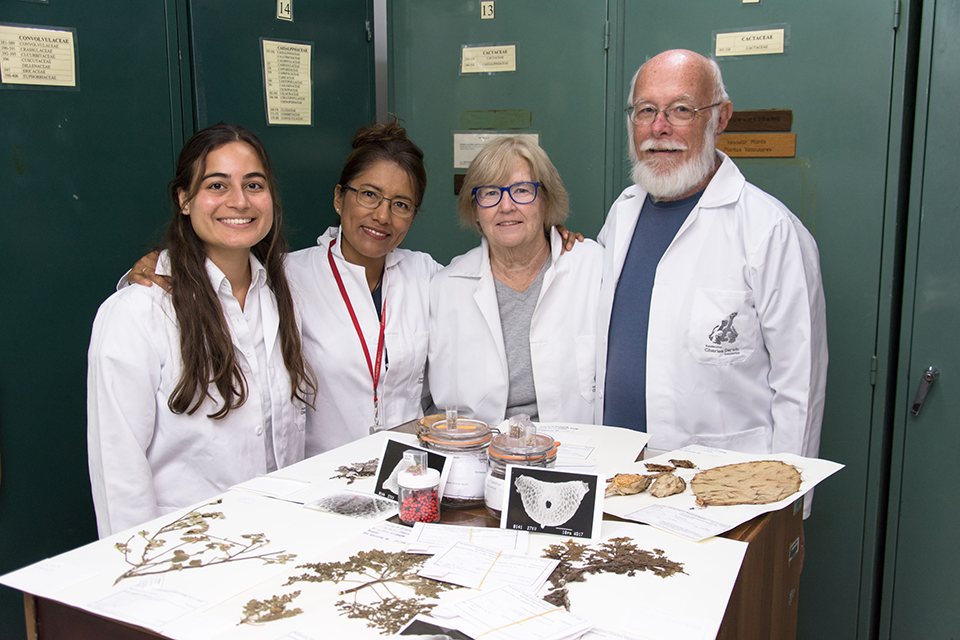
The first thing that struck me upon arriving to Galapagos was seeing the contrast in landscapes – from the arid ecosystem of Baltra with its Opuntia populations, then passing through the Scalesia forests of the highlands and then the mangrove coastal areas as soon as I got to Puerto Ayora – and this was only the start. Studying the plant diversity of Galapagos was going to be so fascinating! On my journey from the airport, I also saw areas covered in donut-shaped structures containing seedlings, protected by metal fences… I was intrigued. I later learned that these are water-saving technologies used by the Galápagos Verde 2050 (GV2050) project to plant endemic and native plants in a sustainable way, reducing water use. This is only one of the many projects at the Charles Darwin Foundation (CDF) for the conservation of Galapagos’ natural diversity.
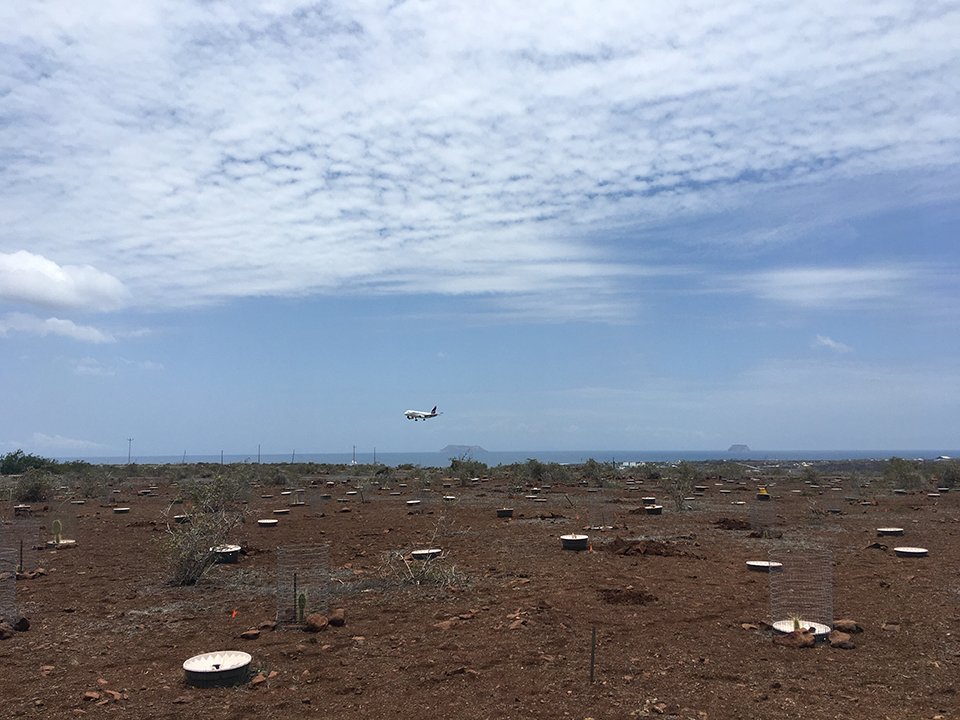
My position working at the CDS Herbarium means I also get the opportunity to work with the incredible GV2050 team. Led by Patricia Jaramillo Díaz, this group of scientists, technicians and field assistants work hard to find the most effective ways to save endangered plant species and restore ecosystems. Two months after my arrival to Galapagos, in March 2020, I had the opportunity to revisit Baltra island, along with the ICCDRS Terrestrial Invertebrates collection and GV2050 teams. It was my first field trip in the Galapagos, representing the CDS Herbarium. The purpose of this 5-day expedition was both to collect specimens of endemic plants and invertebrates for the Natural History Collections, and to help GV2050 project plant key endemic species for ecosystem restoration. Helping replant Baltra using the same water-saving technologies I saw the day of my arrival was both an enriching and gratifying experience.
Plants, as the foundation of the ecosystem, can help indicate environmental change due to human or invasive species impacts, which may affect the fragile natural equilibrium. For the ecological restoration of an area, it is crucial to periodically survey study areas to assess changes in biodiversity so we can monitor the effects of our efforts. Furthermore, my first field work in Galapagos was a great test of my knowledge of the local plant diversity so far!
The Natural History Collections of the CDF provide a repository of Galapagos biodiversity and natural heritage, building a bank of information for scientific use. This includes collections of: vertebrates, marine and terrestrial invertebrates, and Herbarium. The CDS Herbarium, as well as its main collection of vascular plants, also harbours three auxiliary collections: pollen, seeds & fruit, and wood samples.
During the field trip to Baltra, specimens of plants endemic to the archipelago were collected for the CDS Herbarium, such as Parkinsonia aculeata, Bursera malacophylla, Waltheria ovata, and Castela galapageia. These were all labelled with an individual code and GPS point, and preserved with a press for subsequent curation at the Herbarium after the trip. In addition, fruits and seeds were collected, given an individual identification code and carefully stored for transportation back to the CDF. These collections not only contribute toward our growing bank of information but are also important for the continuation of conservation research such as studying plant animal-interactions and seed dispersal.
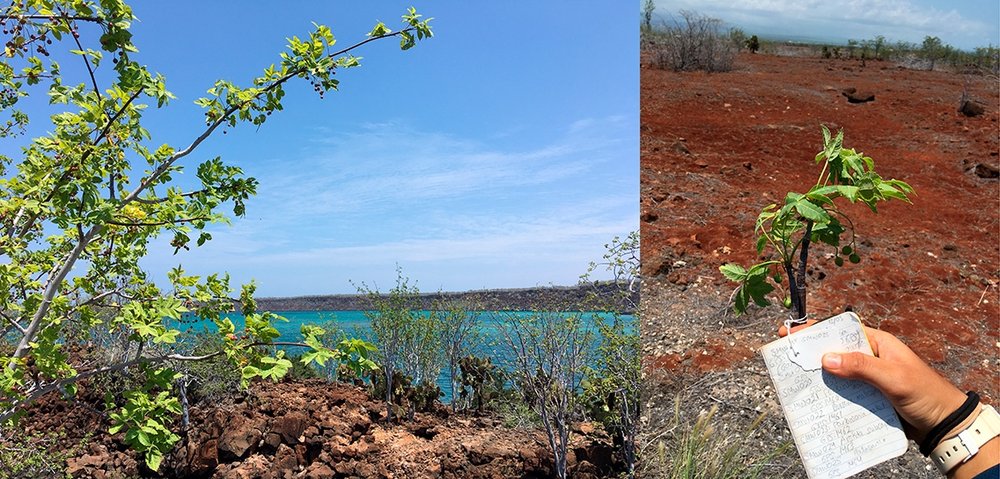
Baltra island has a very different history to the rest of the archipelago, which makes it a particularly interesting site for collection. Since the 19th century, the natural ecosystem has been altered due to the introduction of invasive species (goats) causing mass herbivory, and destruction of the habitat due to intensive human impact. Unfortunately, these effects are still present decades later; foundations of old buildings still littering the mostly barren landscape…
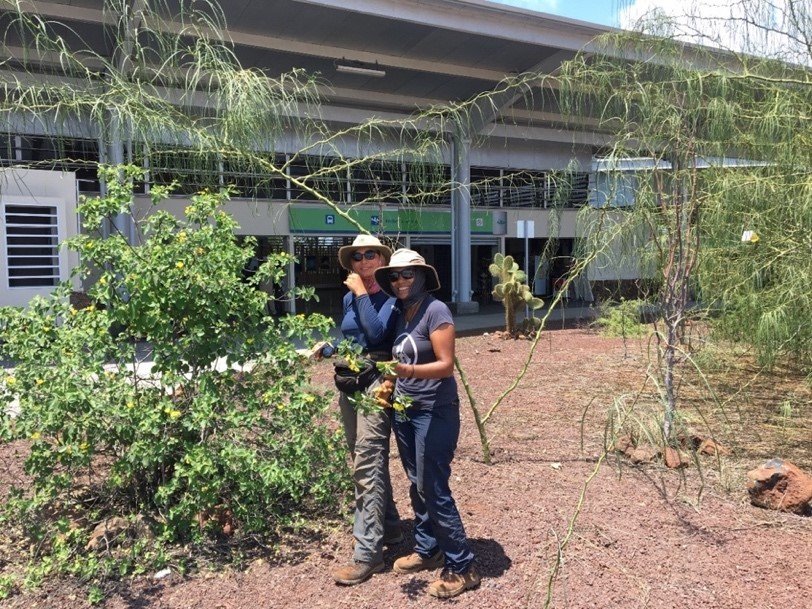
Being a human-caused issue, the solution must also come from us. Ecological restoration of arid places such as Baltra is not easy, but this type of work is essential. My passion to help conserve the environment, hand-in-hand with my islander roots, drive my motivation to work towards protecting the biodiversity of Galapagos. Planting hundreds of plants under intense sun and long days and collecting botanical specimens during the hottest time of the year is not a job for everyone. However, seeing the final results makes this work both rewarding and meaningful on a personal level. Furthermore, the Natural History Collections’ work assessing botanical and entomological diversity helps inform us on ecosystem health, and positive change that comes from this restoration work.
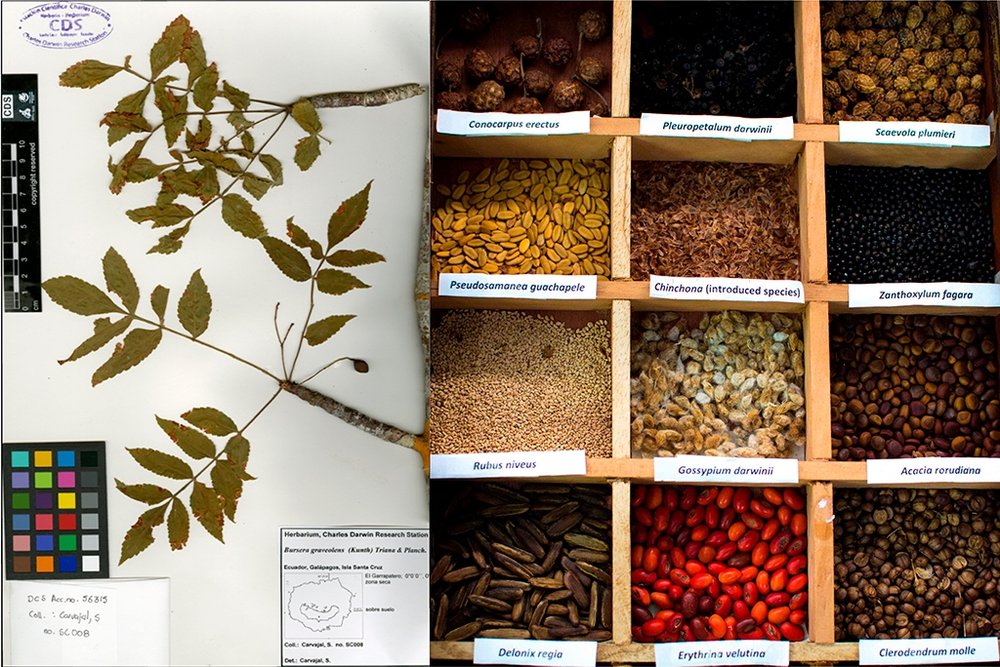
Now more than ever, in the midst of a global pandemic, we as humanity must re-evaluate our priorities. We must remember that us human beings are nothing without nature. In times like this, we continue to work at the CDF Natural History Collections, identifying, curating and working to preserve botanical samples for the study of Galapagos biodiversity. In this way, the Charles Darwin Foundation can continue its mission, providing knowledge through research for the conservation of biodiversity in the Galapagos.
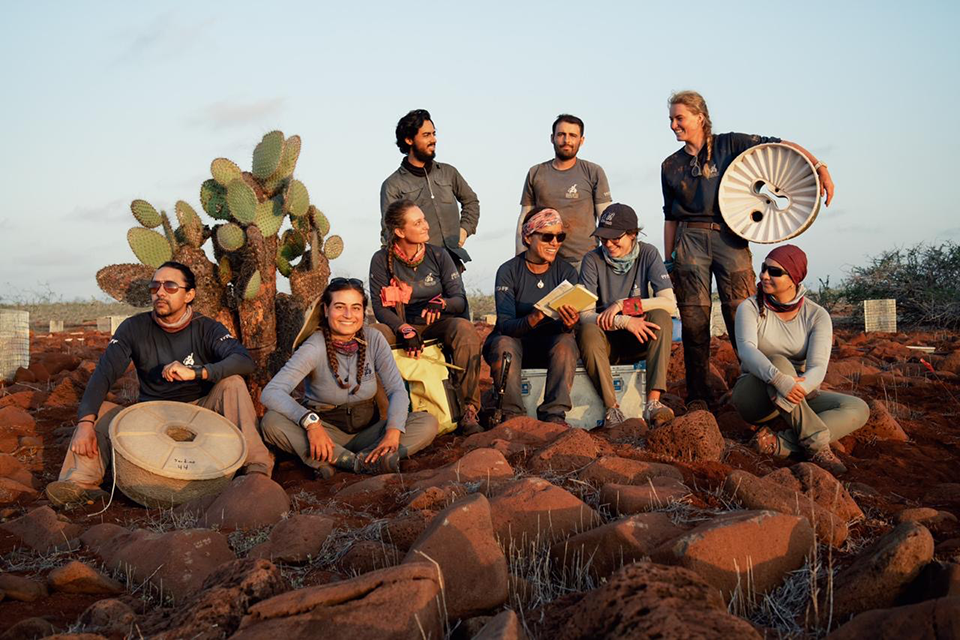
Auguries of innocence:
“To see a World in a Grain of Sand
And a Heaven in a Wild Flower
Hold Infinity in the palm of your hand
And Eternity in an hour [...]” – William Blake
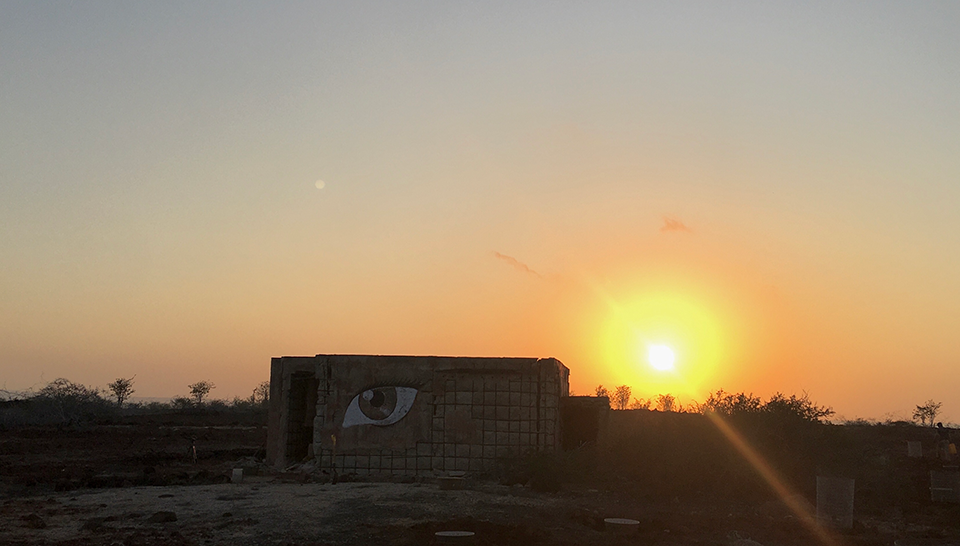
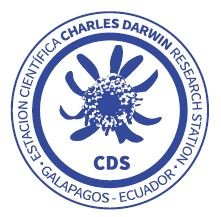
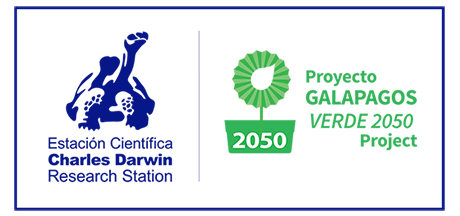
We are immensely grateful to NatGeo and Lindblad Expeditions and Ecoventura for supporting the Natural History Collections of the CDF. The GV2050 project is implemented in collaboration between the CDF and the GNPD, and with institutions that include the Ecological Airport of Galapagos. GV2050 also receives generous contributions from the COmON Foundation and the Green Fund of Japan, to whom we express our gratitude. We also greatly thank the Ecuadorian Air Force (FAE) and the Galapagos Biosecurity Agency (ABG) for assistance during field trips, as well as María José Barragán and Patricia Jaramillo Díaz for their input on earlier drafts.
-ENDS-





